A landowner was planting cherry trees in 2023 when he stumbled upon a Roman floor mosaic. Using underground imaging radar, archaeologists found a Roman bath about 70 meters away from the mosaic, according to Türkiye's Anadolu Agency (AA). The site is currently being excavated.
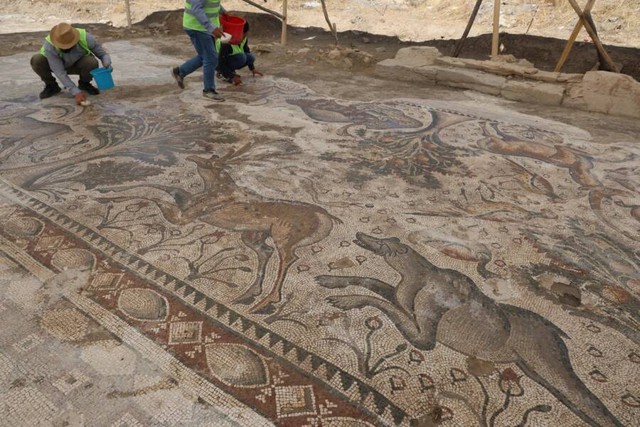
Mosaic discovered by Turkish farmer
PHOTO: AA
This architectural work is determined to be 1,700 years old, 75 square meters wide, dating back to ancient Roman times.
The AA revealed that the baths had underfloor heating and separate cold, warm and hot areas - the equivalent of a modern spa in ancient times.
The bathhouse also has a steam room, a swimming pool and separate channels for clean water and waste water.
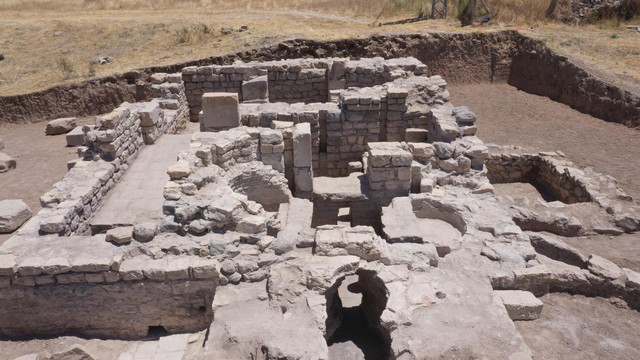
Thanks to underground imaging radar, archaeologists found an ancient bathhouse near the painting.
PHOTO: AA
Turkish officials plan to open the site to tourism in the future.
Ahmet Demirdağ, the local director of culture and tourism, said the bathhouse and mosaic were just a few of the many "important monuments" remaining in the area.
"Overall, we believe that this area was an urban settlement," Demirdağ commented, adding that excavations will continue.
Archaeologist Emre Çayır, who is in charge of the excavation site, said the bathhouse may be the first of its kind in the area. "The cold, warm and hot designs are still intact with complete architecture. In this respect, we can say that the bathhouse is truly a special and important structure."
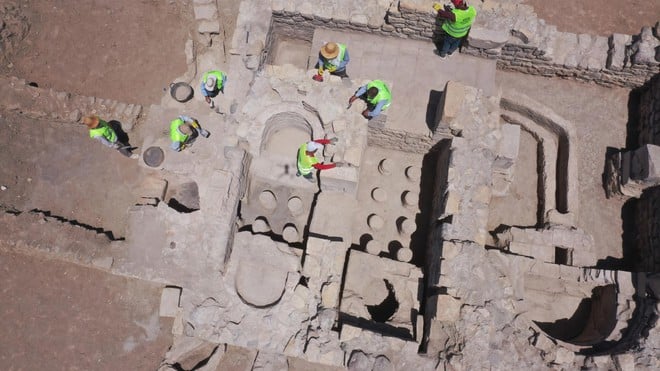
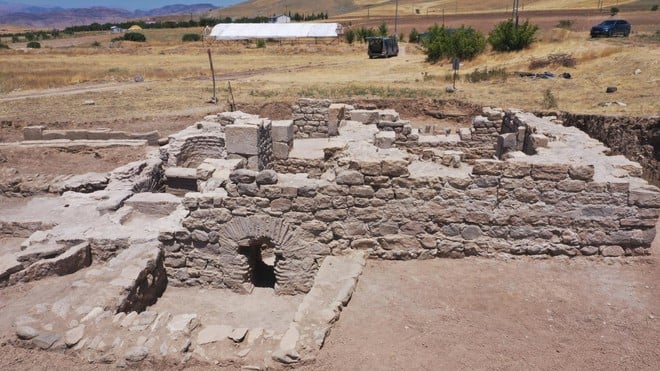
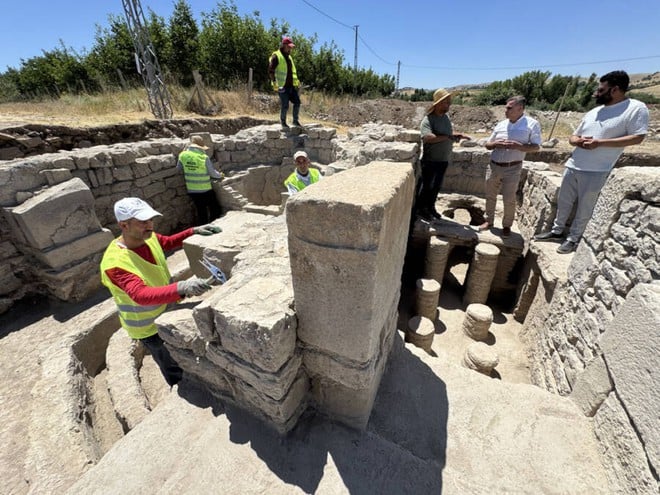
Archaeologists have unearthed a lavish ancient Roman bathhouse.
PHOTO: AA
The bathhouse is one of several exciting archaeological discoveries made in Turkey in recent months. Over the summer, archaeologists uncovered a fifth-century Christian church. In early 2025, archaeologists also discovered an ancient loaf of bread in central Turkey. The loaf dates back to the Bronze Age and is remarkably well preserved.
Ancient Roman baths, or thermae, were public complexes for hygiene, socializing, and exercise, consisting of a series of rooms including cold, warm, and hot rooms. They also contained gymnasiums, libraries, and amphitheaters, heated by underwater heating. These buildings were elaborately designed, decorated with marble, mosaics, and statues, and served as the center of Roman public life.
Source: https://thanhnien.vn/ben-trong-nha-tam-xa-hoa-1700-nam-tuoi-con-nguyen-ven-185250822063513271.htm








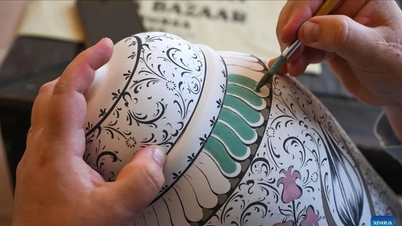



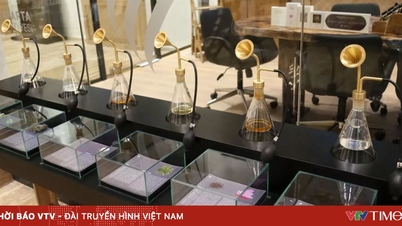
































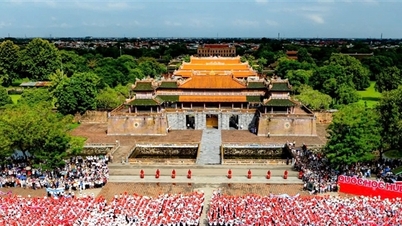

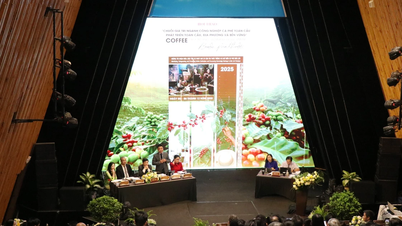






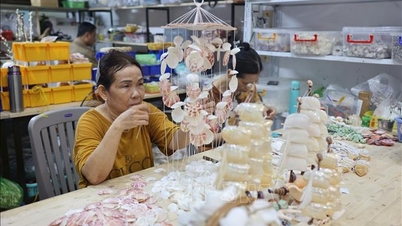



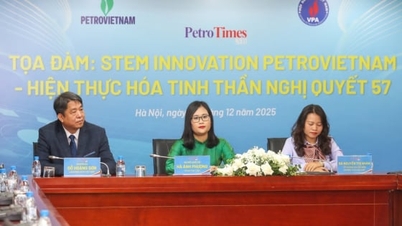








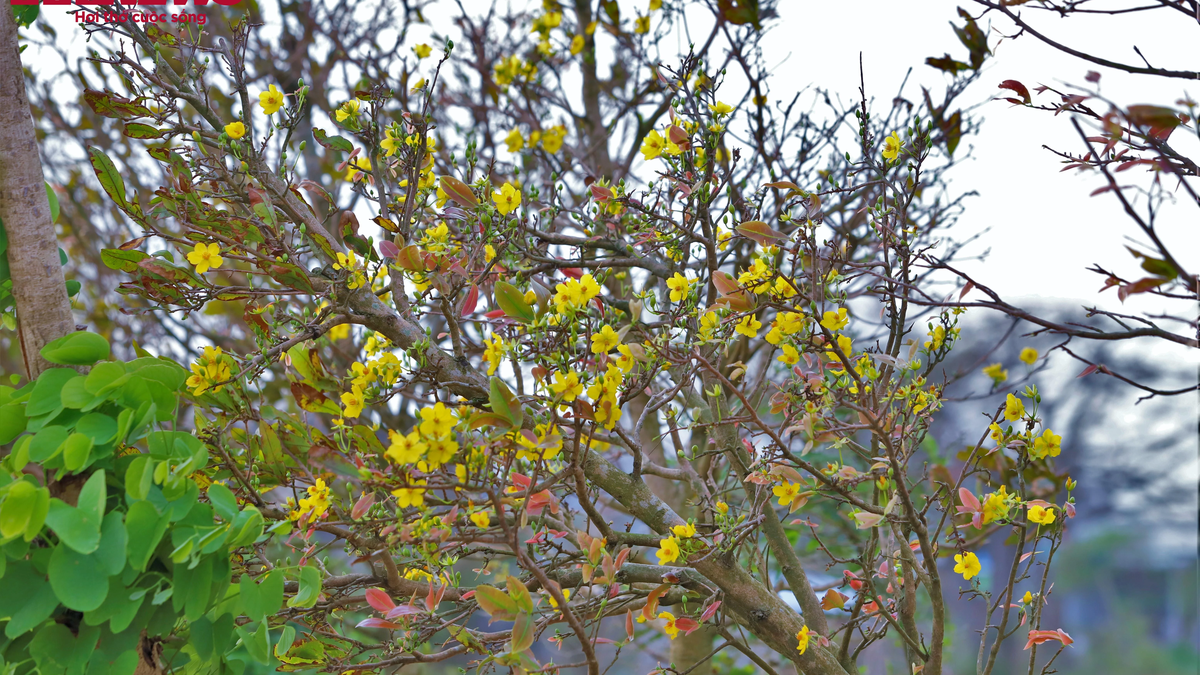















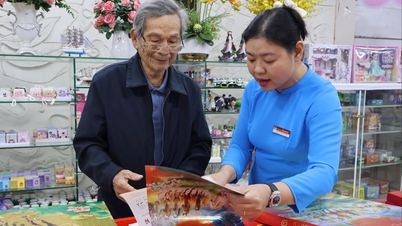







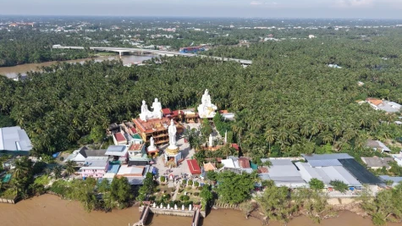

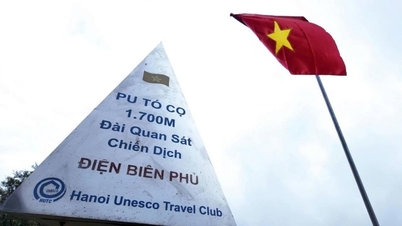



















Comment (0)